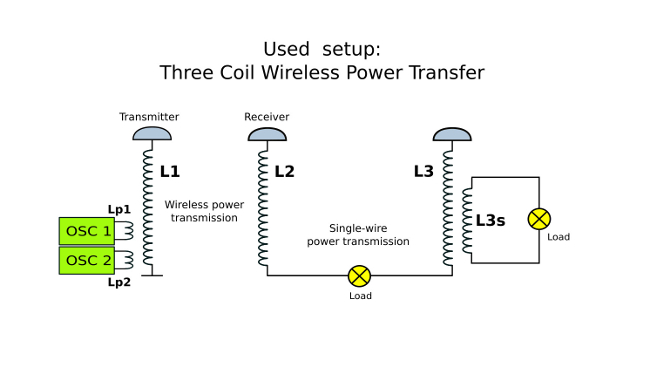The Tesla coil oscillates at frequencies ranging from 50 kHz to several million hertz (RF range). The oscillation frequency is determined by the coil’s resonant frequency. This is the high-frequency range in comparison to the power transmission frequencies (50 or 60 Hz).
RF currents have their own rules that are somewhat different from the NF electricity, especially DC.
If the bulb with a lower power does not light, usually leads to the conclusion that the bulb with more power certainly does not light. This conclusion may not be correct. Everything depends on the impedance matching of sources and loads. This video shows a few examples that often lead to wrong conclusions.
See also: https://en.wikipedia.org/wiki/Impedan…
Note – related resistance incandescent bulbs:
The actual resistance of the filament is temperature dependent. The cold resistance of tungsten-filament lamps is about 1/15 the hot-filament resistance when the lamp is operating.
https://en.wikipedia.org/wiki/Incande…

wireless electricity – wireless power – impedance matching
